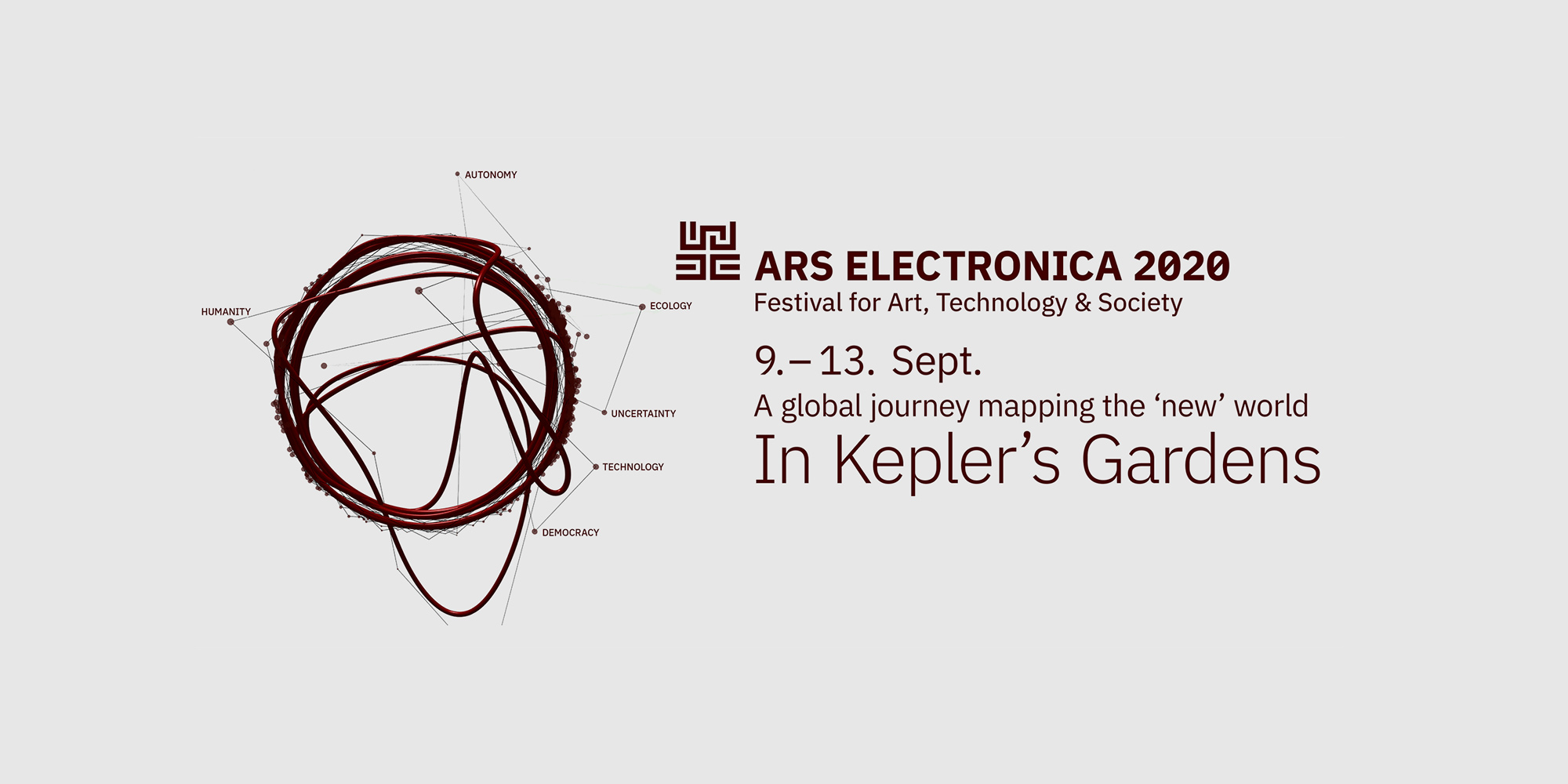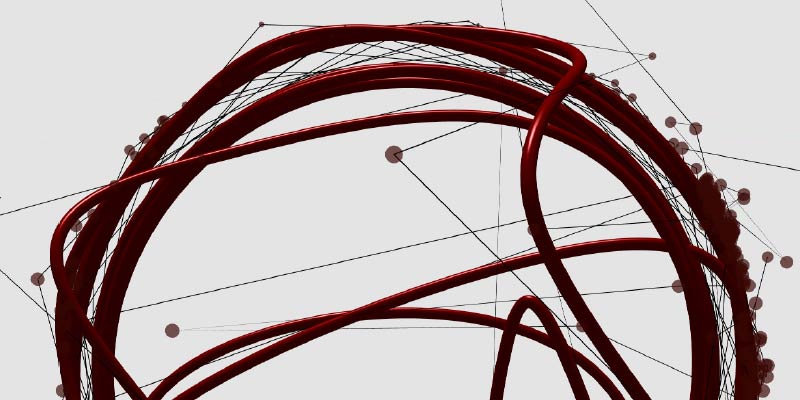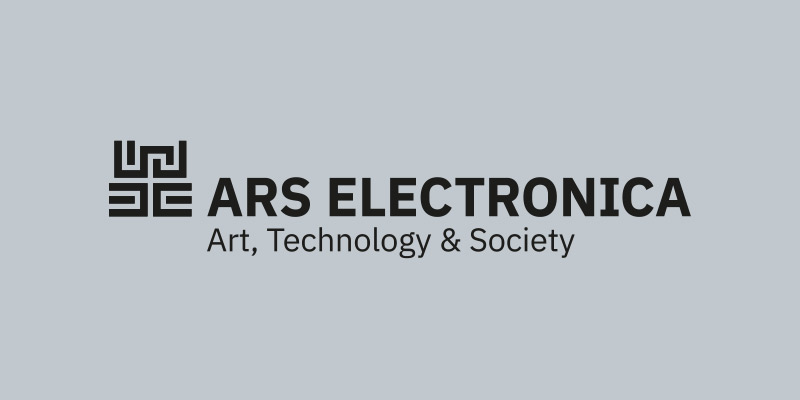fulldome

Virtual Anatomy – Preview of the JKU MedSPACE
Interactive multisensory environment, 2020
The Johannes Kepler University Linz (JKU) is currently constructing a modern, future-oriented multi-purpose learning space at the JKU Faculty of Medicine’s new medical education and research building. Scheduled to open in 2021, the space will not only be used as a virtual lecture hall for anatomy courses, but will also provide live surgery broadcasts from operating rooms to improve student education and post-graduate educational courses.
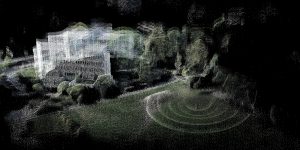
site-inflexion
Fulldome / VR & AR Lab
The immersive installation site-inflexion invites visitors to take part in a site-specific virtual and acoustic journey. The scenery and soundscapes of the JKU campus are the main actors in the work, alluding to Johannes Kepler's activity as a landscape mathematician. A laser-scanned topographic survey of Kepler’s gardens becomes an audio-visual environment transfigured by the everyday sounds that inhabit them. Oscillating between urban pollution and phantasmagoria, structures and lawns bend and curve under the effect of sound waves, reaching their inflection point by tipping towards the unknown.
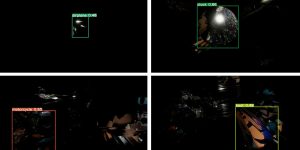
Cross Perception - work in progress
Fulldome / VR & AR Lab
A limitless space. Everything moves—light, shapes and colors. Human and machine let their sight wander and try to recognize something. The human beings search for orientation, the device calculates.
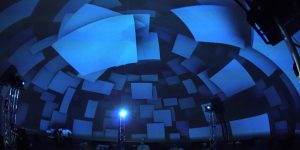
Future Room and Liminal Spaces (re-edited) 360˚ film screening
Fulldome / VR & AR Lab
The Fulldome Program of the Digital Arts Department at the University of Applied Arts Vienna presents experimental immersive works, collaborations between the Department and the University’s Science Visualization Lab, Trans-Media Academie Hellerau, and the transdisciplinary performance company, kondition pluriel. Future Room and Liminal Spaces (re-edited) reveal the artistic potential of the fulldome, as does the 360˚ film screening selection of works by researchers, teachers, and students.

BR41N.IO Hackathon - The Brain-Computer Interface Designers Hackathon
The BR41N.IO Hackathon brings together programmers, engineers, designers, artists and/or enthusiasts, who collaborate intensively as an interdisciplinary team. Each team must design and build a unique, playful and wearable headpiece that can measure useful EEG signals in real-time to create any sort of interaction. The hacking projects use EEG electrodes and amplifiers, and challenge programmers to code an interface that enables them to control devices, robots or applications, post messages on social media, make paintings, or enact a myriad of other applications only with their thoughts. BR41N.IO also challenges creative minds to design a BCI headset with 3D printers, handcrafted materials and sewing machines.
